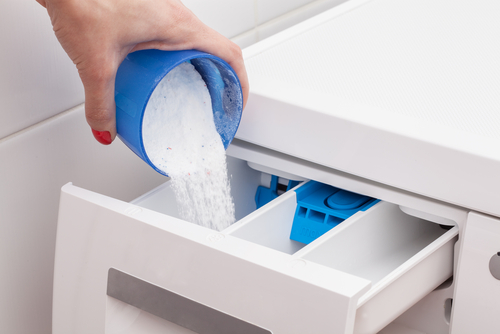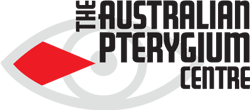What is an adjuvant in the surgery for pterygium?
An adjuvant is an “additional” treatment given at the same time as surgery, or even before or after surgery. It is almost always used on the basis that it will reduce the likelihood of the pterygium coming back (i.e. recurrence) compared to using the surgery alone without adjuvants.
The most commonly used adjuvants are:
Chemotherapy i.e. drops, injections or applications for chemicals like those used in the treatment of cancer.
- Mitomycin C
- 5 Fluorouracil
- Thiotepa
Radiotherapy i.e. the use of radioactive isotopes like that used in the treatment of cancers
- Strontium 90 plaque
Anti-VEGF agents i.e. drugs used most often to reduce the development of new blood vessels such as in macular degeneration
- bevacizumab (Avastin)
- ranibizumab (Lucentis)
Membranes/materials
- amniotic membrane (freeze dried)
- amniotic membrane (frozen)
The adjuvants which are in most common use today are mitomycin C and amniotic membrane.
Perhaps it will be easier to understand the role of these agents with a metaphor.
Think about the actual surgery for pterygium as your washing your clothes with a washing machine. So the actual surgery for pterygium is the same as putting your clothes in the washing machine with just the addition of normal washing powder.



Now the advertisements suggest that if you add powder…the magical “All brightening Whitener” that your clothes will become whiter than they would have been with just the plain washing powder….that is an adjuvant!
Now we need to “drill” down a little further into the use of adjuvants in pterygium surgery.
